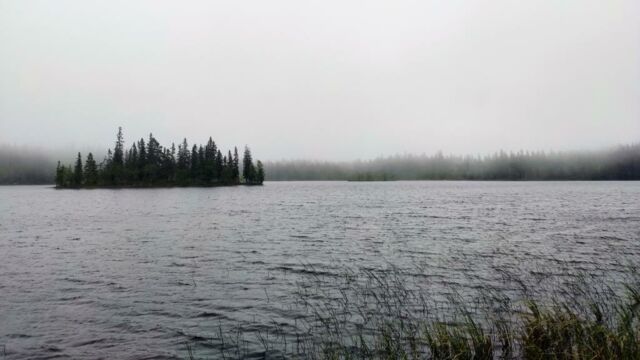This deadly underwater lake will kill anything that enters it

Scientists have found a lake that people are completely forbidden from swimming in. Avoid this underwater lake at all costs if you value your life.
Researchers have discovered an underwater lake that seems to kill anything in its path. So, if you value your life then make sure you avoid the 'jacuzzi of despair' at all costs.
Discover our latest podcast
The Jacuzzi of Despair
The lake was found in 2014 by a group of researchers led by Erik Cordes, a professor of biology at Temple University in Philadelphia. The 'Jacuzzi of Despair' is a lake located off the Gulf of Mexico that coincidentally doesn’t actually have a name.
More under this adMore under this adThis crater-shaped, underwater lake is 34 meters in diameter and can be found at around 1000 meters under sea level. Within this lake, there are three times as much salt than in normal seawater making it highly toxic.
During their expedition, the team of researchers found some samples of microbial life that were able to adapt to the high salinity of the brine pool and its low level of oxygen. According to Erik Cordes, these creatures may look a lot like those that colonised the Earth millions of years ago. The biologist stated:
More under this adMore under this adIt’s very disorienting to go down there and ‘land’ on a lake or a pool on the bottom of the ocean and try and recognize that you’re in the deep sea. This isn’t just a pond in a backyard.
The lake kills any organism that enters it
Given its toxicity and the fact that it is highly charged with methane and hydrogen sulphide, the water kills any organism that wishes to enter it. That is except for shrimps, sea sponges and some bacteria. Marine Chemist Scott Wankel commented:
These larger organisms really don’t like to be in this fluid — or maybe they just come here to die.More under this adMore under this ad
Images of the underwater lake show the carcasses of many crabs who accidentally wandered into the lake, as well as a variety of mussels that seem to have taken to the environment and even help keep the lake's outer walls intact. The mussels only manage to survive in the harsh climates they have a symbiotic relationship with bacteria that help to dissolve the methane and hydrogen sulfide to create energy for the creatures.
The brine of the underwater lake also preserves all the creatures that have fallen to their deaths. Cordes explained:
It could be decades that the crabs have been there upside down.More under this ad